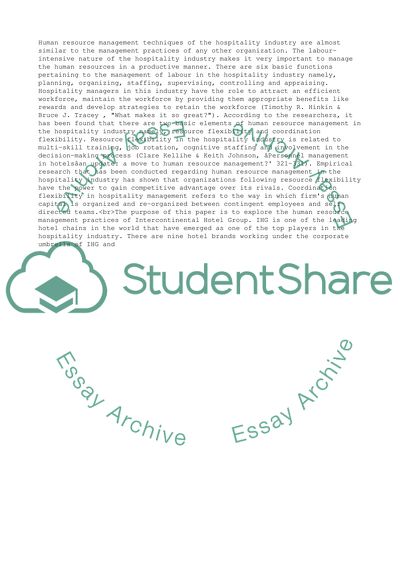Cite this document
(HR Management,Planning,recruitment and Employment Law Case Study, n.d.)
HR Management,Planning,recruitment and Employment Law Case Study. https://studentshare.org/human-resources/1839131-hr-managementplanningrecruitment-and-employment-law
HR Management,Planning,recruitment and Employment Law Case Study. https://studentshare.org/human-resources/1839131-hr-managementplanningrecruitment-and-employment-law
(HR Management,Planning,recruitment and Employment Law Case Study)
HR Management,Planning,recruitment and Employment Law Case Study. https://studentshare.org/human-resources/1839131-hr-managementplanningrecruitment-and-employment-law.
HR Management,Planning,recruitment and Employment Law Case Study. https://studentshare.org/human-resources/1839131-hr-managementplanningrecruitment-and-employment-law.
“HR Management,Planning,recruitment and Employment Law Case Study”. https://studentshare.org/human-resources/1839131-hr-managementplanningrecruitment-and-employment-law.


